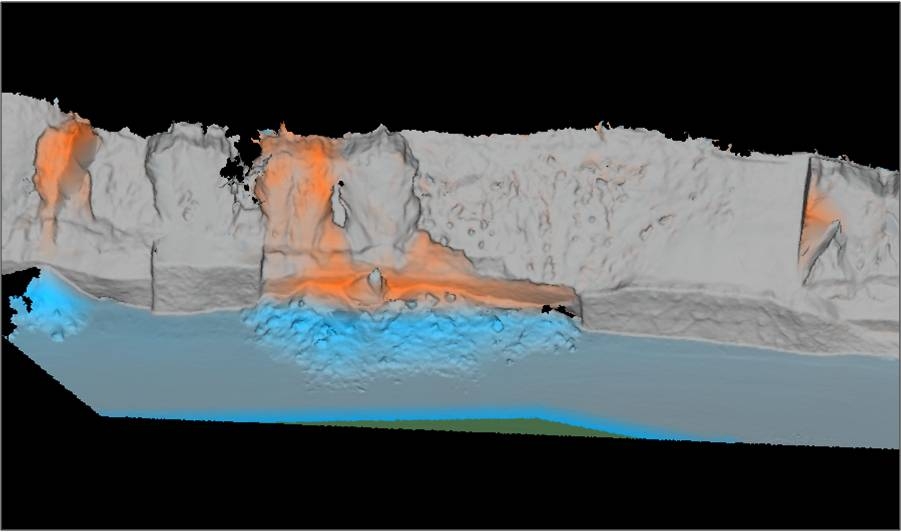3D data and LiDar are great for general planning as we have noticed in various articles thus far. The main tenets of LiDar are the following:
- predicative capability
- analytical capability
- preventative capability
So far, I have learned a ton of ways to apply this technology. Planning and execution on large scale system analysis continues to arise. In today’s article, we will focus on Solar Planning and how it leverages 3D data and LiDar systems to conduct large scale planning.
Solar energy is very intriguing to me. Solar energy is a form of radiant light and heat that comes from the sun. It is typically harnessed using a range of evolving technologies such as solar heating, photovoltaics, solar thermal energy, solar architecture, molten salt power plants, and artificial photosynthesis.
The field of solar energy and harvesting has been interesting to me for a while through undergraduate studies. I do not believe in replacing all fossil fuels with only solar energy and electrical energy as some others do. I do see the value of leveraging these fields to reduce the overall consumption of fossil fuels. So how can we partition the use of solar energy properly? There is a limited supply available.
Solar energy is of massive importance to our anthroposphere. The anthroposphere is the part of the environment that is made of or modified by humans for use in various human activities and human inhabitance. When we want to leverage technology and human advancement through energy resources, things become problematic in terms of energy partitioning.
How do we currently partition solar energy? How can we effectively utilize LiDar and 3D data to do so? Researchers have been working on the implementation of LiDar to assess rooftop solar voltaic deployment potential within urban areas. This is of most use to us because cities are where energy resources are us readily within our anthroposphere.
Challenges in urban information extraction and management for solar PV deployment assessment can be done with LiDar and 3D data. To determine PV potential for a city, we must have access to a 3D urban model. This requires that individual buildings are represented. This includes having data of buildings that are next to urban vegetation, particular streets, and various objects within a city infrastructure. This includes watercourses, power supply lines, and minor things such as street signs or fountains. A Digital Surface Model can be derived from point cloud data from a LiDar device. LiDar does a general job of approximating roof shapes. The interaction the sun may have with the environment is directly affected by the city and its urban development. We can then plan to place specific solar grids on buildings that would do their best in different locations.
This type of work is crucial for concepts such as the Circular Economy. We are in a state where we are determining the future of cities and their development. The more knowledge we have, the better we can serve the anthrophosphere as a whole. Urban development and solar energy partitioning are of vital importance when we want to plan for a Circular Economy of the future.
Join the discussion of this and other 3D printing topics at 3DPrintBoard.com.
Subscribe to Our Email Newsletter
Stay up-to-date on all the latest news from the 3D printing industry and receive information and offers from third party vendors.
Print Services
Upload your 3D Models and get them printed quickly and efficiently.
You May Also Like
3D Printing News Briefs, July 2, 2025: Copper Alloys, Defense Manufacturing, & More
We’re starting off with metals in today’s 3D Printing News Briefs, as Farsoon has unveiled a large-scale AM solution for copper alloys, and Meltio used its wire-laser metal solution to...
Etsy Design Rule Change Reduces Selection of 3D Printed Goods
Online marketplace Etsy has implemented a rule change requiring all 3D printed goods on the site to be original designs. The update to the site’s Creativity Standards states, ¨Items produced using...
Siraya Tech Introduces New Elastomer 3D Printing Materials, Including Foaming TPU
California company Siraya Tech, founded in 2019 with a focus on material science, customer focus, and agility, develops high-quality 3D printing materials that meet the needs of creators, hobbyists, and...
3D Printing News Briefs, April 12, 2025: RAPID Roundup
The news from last week’s RAPID+TCT in Detroit just keeps on coming! That’s why today’s 3D Printing News Briefs is another RAPID Roundup of more exciting announcements from the trade...




































